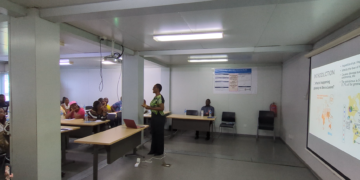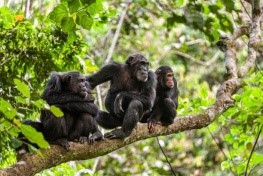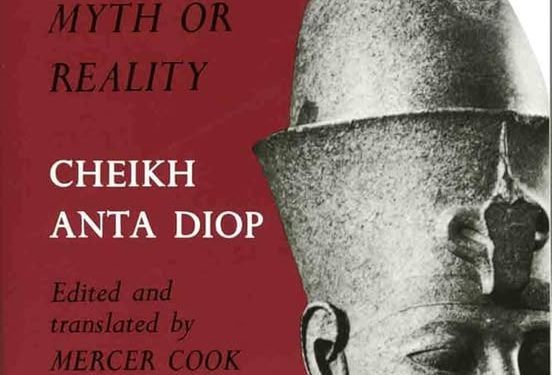By Alhaji Umar N’jai
I kicked off the Black History Month Panafrican Book Series with the groundbreaking work, The African Origin of Civilization: Myth or Reality, by Senegalese scholar, historian, physicist, anthropologist, and Afrocentrist, Cheikh Anta Diop.
Today, scholars (Scientists and Anthropologists) universally recognize Africa as the source of our common human ancestry. But in 1974, Cheikh Anta Diop’s now classic work shocked and challenged historians with his bold transformational and phenomenal assertion that ancient Egypt, whose civilization was a source for the subsequent development of cultural traditions in the rest of the African continent and the Western world belongs to Africa.
Diop’s revolutionary work suggesting the ancient Egyptian civilization through the Pharaohs was African profoundly influenced thinking about Africa around the world and challenged western colonial historical narratives of civilization.
This seminal work by Diop backed by strong scientific, anthropological, and historical evidence from Africa provided pivotal thoughts on, 1) black African political ideology (a previous work by Diop); strategy and tactics in the struggle for national independence, concepts on the creation of a future federal state, continental or subcontinental, and thoughts on African social structures including utilization of our languages in advanced scientific fields, 2) Decolonization of history, which has helped to alter the kind of history put forward by prominent European scholars often with a racist and bias interpretation, and 3) successful leadership in Independence Africa is possible given the success of the Pharaohs in Egypt; this was aptly described by Sierra Leonean Scholar Africanus Horton in his 1868 Book, the Vindication of the African Race.
In the The African Origin of Civilization: Myth or Reality, Diop provides a model of the evolution of Homo Sapiens in Africa, their spread over Asia and Europe, replacing the Neanderthals, and the subsequent rise of different races, now believed to be through adaptative radiance of various human genetic forms. The evolution of light skinned forms of Homo Sapiens from the dark skinned that had spread to Asia and Europe was well accounted for, and so was the mixed forms of light and dark populations in India. India in current literature is considered the first stop of the L3 African population that moved out of Africa, with an M type mitochondrial DNA. Egyptian civilization he pursuits spreads north of the Sahara to Western Europe by way of Greece and south of the Sahara to West Africa by way of Nubia.
The book spread into 13 chapters starts with, 1) what were the Egyptians, 2) the birth of the Negro Myth, 3) Modern Falsification of History, 4) Origination in the Delta, 5) Asian origin?, 6) Egyptian Race seen by Anthroplogists, 7) Arguments for Negro Origin, 8)Arguments against a Negro origin, 9) People of Africa from the Nile Valley, 10) Evolution of ancient Egypt, 11) Contribution of Ethiopia-Nubia and Egypt, 12) Reply to a Critic, 13) Early History of Humanity.
Diop’s work single handedly dismantle European distorted narratives of the origin of civilization, and put it back to it rightful owners, the Egyptian blacks or negro. The idea that all other races on earth had once received enlightenment from black Africa, emboldened the Independence movement in Africa and black consciousness movements across the world.
It was largely because of these works that, at the World Festival of the Arts held in Dakar in 1966, Cheikh Anta Diop shared with the late W. E. B. DuBois an award as the writer who had exerted the greatest influence on Negro thought in the 20th century.
About the author: Dr. Alhaji Umar N’jai is a Senior Scientist, Associate Professor, Panafrican Scholar, Anthropologist, Founder & Chief Strategist of Project 1808, Inc, Koinadugu College, Kabala, Sierra Leone and Freelance writer ‘Roaming in the Mountains of Kabala Republic’. #Jata #Meejoh #ThePeoplesScientist






















